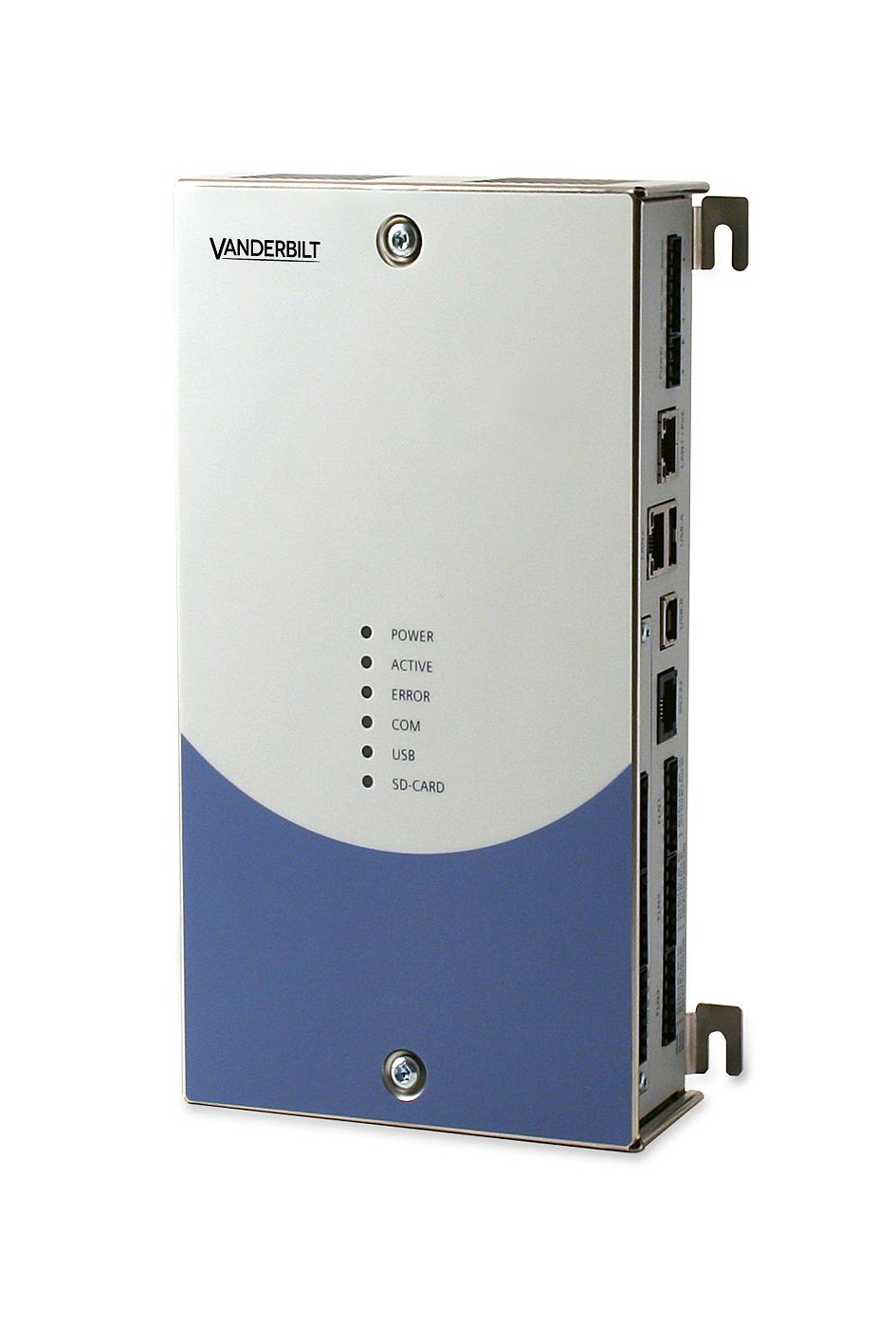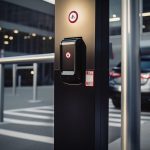In today’s fast-paced world, effective access control systems are vital for ensuring security and efficiency. Vanderbilt access control solutions offer a seamless blend of advanced technology and user-friendly interfaces, making them ideal for various applications, from corporate buildings to educational institutions. Consequently, this comprehensive guide explores the features, benefits, implementation, and user experience of Vanderbilt access control. Therefore, by understanding these aspects, you can make informed decisions about incorporating Vanderbilt access control into your security infrastructure.
Features of Vanderbilt Access Control
Vanderbilt access control systems boast a rich array of features designed to enhance security, streamline operations, and simplify management. Understanding these features helps you appreciate the system’s capabilities and benefits. Therefore, exploring the features of Vanderbilt access control is crucial.

Advanced Authentication Methods
One of the standout features of Vanderbilt access control systems is the use of advanced authentication methods. These methods include biometric verification, smart cards, PIN codes, and mobile credentials. Biometric verification, such as fingerprint or facial recognition, ensures high security by verifying unique physical characteristics. Smart cards and mobile credentials offer convenience, enabling users to gain access via smartphones or contactless cards. These versatile authentication options enhance security by ensuring that only authorized personnel can gain entry. Therefore, advanced authentication methods are pivotal for robust access control.
Scalable and Flexible Solutions
Another notable feature of Vanderbilt access control systems is their scalability and flexibility. Whether you need to secure a small office or a sprawling campus, Vanderbilt solutions can be tailored to meet your specific needs. The systems are modular, allowing for easy expansion as your security requirements grow. Additionally, Vanderbilt’s access control solutions integrate seamlessly with other security systems, such as video surveillance and intrusion detection, creating a comprehensive security ecosystem. This scalability and flexibility ensure that your access control system can adapt to evolving security challenges. Therefore, scalable and flexible solutions are a key advantage of Vanderbilt access control.
Benefits of Implementing Vanderbilt Access Control
Implementing Vanderbilt access control can significantly enhance security and operational efficiency. Understanding the benefits helps you recognize the value that these systems bring to your organization. Therefore, exploring the benefits of Vanderbilt access control is essential.
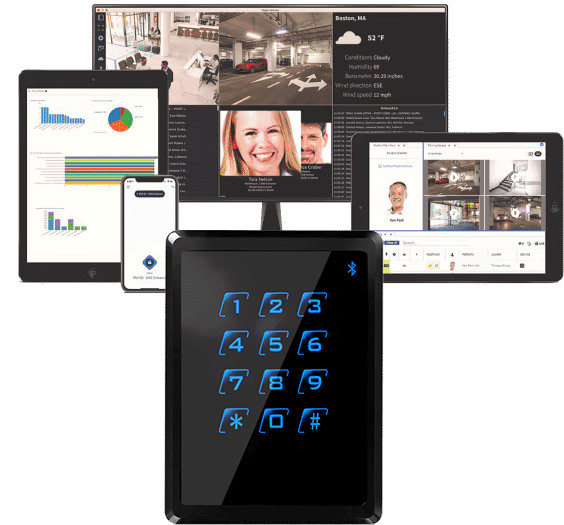
Enhanced Security
One of the primary benefits of Vanderbilt access control is enhanced security. By employing advanced authentication methods and centralized management, Vanderbilt systems ensure that only authorized individuals can access specific areas. This reduces the risk of unauthorized entry, theft, and vandalism. Additionally, the system’s ability to monitor and record access attempts provides valuable data for security audits and investigations. Enhanced security not only protects assets but also creates a safer environment for employees and visitors. Therefore, enhanced security is a significant benefit of implementing Vanderbilt access control.
Operational Efficiency
Another crucial benefit is the increase in operational efficiency. Vanderbilt access control systems streamline the process of managing and monitoring access, reducing the administrative burden on security personnel. Features such as automated access scheduling, remote management, and real-time alerts enable efficient oversight and quick response to incidents. Additionally, the integration of access control with other security systems simplifies management and improves coordination. By enhancing operational efficiency, Vanderbilt access control systems help organizations save time and resources. Therefore, increased operational efficiency is a key benefit of these systems.
Implementation of Vanderbilt Access Control
Implementing Vanderbilt access control involves careful planning and execution to ensure a seamless integration with your existing security infrastructure. Understanding the implementation process helps you prepare adequately and achieve optimal results. Therefore, exploring the implementation of Vanderbilt access control is crucial.
Planning and Assessment
The first step in implementing Vanderbilt access control is thorough planning and assessment. Start by evaluating your security needs, identifying critical access points, and determining the appropriate authentication methods. Conduct a site survey to understand the physical layout and any potential challenges. Collaborate with security consultants or Vanderbilt representatives to design a custom solution that meets your specific requirements. Planning and assessment ensure that the system is tailored to your needs and mitigates potential issues. Therefore, meticulous planning and assessment are essential for successful implementation.
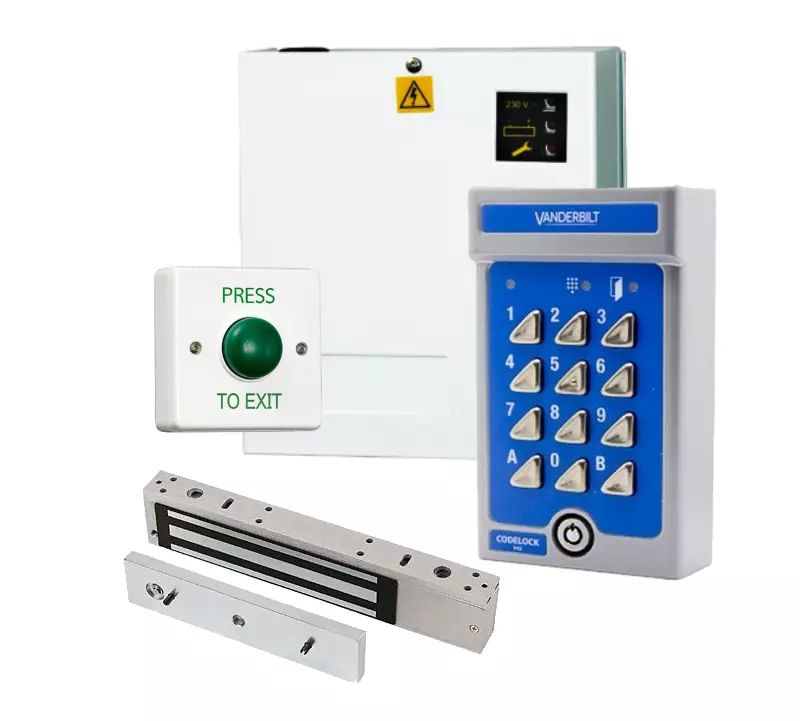
Installation and Configuration
Once the planning phase is complete, proceed with the installation and configuration of the access control system. Engage professional installers to ensure that all hardware components, such as readers, controllers, and door locks, are correctly and securely installed. Configure the software to match your access policies, including user roles, access schedules, and security levels. Conduct thorough testing to ensure that the system functions as intended and that all components are properly integrated. Installation and configuration are critical steps that determine the system’s effectiveness and reliability. Therefore, professional installation and precise configuration are crucial for successful implementation.
User Experience and Support
The user experience and ongoing support play a vital role in the long-term success of Vanderbilt access control systems. Ensuring that users find the system intuitive and that support is readily available enhances satisfaction and system performance. Therefore, exploring user experience and support is essential.
Intuitive User Interface
Vanderbilt access control systems are designed with an intuitive user interface that simplifies management and operation. The software features user-friendly dashboards and customizable settings, making it easy for administrators to manage access permissions and monitor activities. End-users benefit from straightforward authentication processes, whether using biometric readers, smart cards, or mobile credentials. An intuitive interface reduces the learning curve and minimizes the potential for errors, ensuring a smooth and efficient user experience. Therefore, an intuitive user interface is a significant advantage of Vanderbilt access control.

Comprehensive Support and Training
Another important aspect of the user experience is the availability of comprehensive support and training. Vanderbilt offers extensive training programs for system administrators and end-users to ensure they are proficient in using the system. Additionally, technical support is available to address any issues or questions that may arise. Regular software updates and maintenance services ensure the system remains up-to-date and secure. Access to reliable support and training enhances user confidence and maximizes the system’s effectiveness. Therefore, comprehensive support and training are critical for the success of Vanderbilt access control.
Common Mistakes to Avoid
Avoiding common mistakes during the implementation and operation of Vanderbilt access control systems helps ensure smooth and effective performance. Understanding these pitfalls and how to avoid them enhances your chances of success. Therefore, exploring common mistakes to avoid is crucial.
Inadequate Planning
One common mistake is inadequate planning before implementation. Failing to assess security needs, identify key access points, and design a tailored solution can lead to gaps in security and operational challenges. Skipping the planning phase can result in a system that does not fully meet your requirements, leading to inefficiencies and vulnerabilities. Engage in thorough planning and assessment to develop a comprehensive and effective access control strategy. Therefore, avoiding inadequate planning is essential for successful implementation.
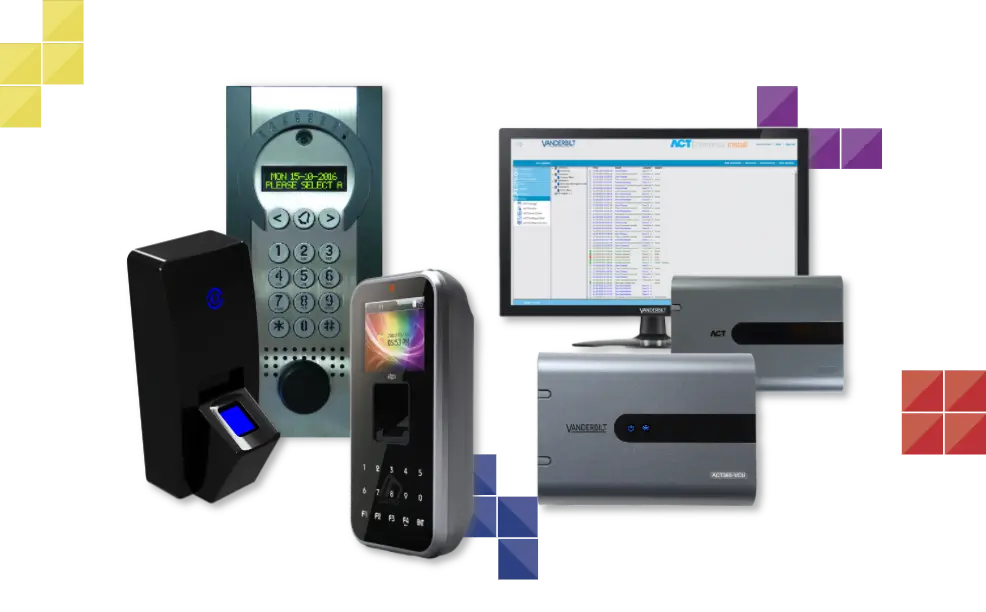
Neglecting Ongoing Maintenance
Another common mistake is neglecting ongoing maintenance and updates. Access control systems require regular maintenance to ensure optimal performance and security. Failing to perform routine checks, software updates, and hardware maintenance can compromise the system’s reliability and security. Establish a maintenance schedule and adhere to recommended practices to keep the system in top condition. Neglecting maintenance can lead to unexpected failures and increased security risks. Therefore, consistent maintenance is crucial for the long-term success of Vanderbilt access control.
Conclusion: Optimizing Security with Vanderbilt Access Control
Vanderbilt access control solutions offer advanced technology, scalability, and user-friendly interfaces, making them an ideal choice for enhancing security and operational efficiency. Understanding the features, such as advanced authentication methods and flexibility, highlights the system’s capabilities.
The benefits of enhanced security and increased operational efficiency demonstrate the value of implementing Vanderbilt access control. Careful planning, professional installation, and precise configuration ensure a seamless integration with your existing security infrastructure.
Focusing on user experience with an intuitive interface and comprehensive support further enhances satisfaction and system effectiveness. By avoiding common mistakes, such as inadequate planning and neglecting maintenance, you can ensure optimal performance and reliability.
Therefore, embracing Vanderbilt access control solutions allows you to create a secure and efficient environment, protecting assets and ensuring the safety of employees and visitors. By following the insights and best practices outlined in this guide, you can implement and maintain a highly effective access control system. Happy securing!
